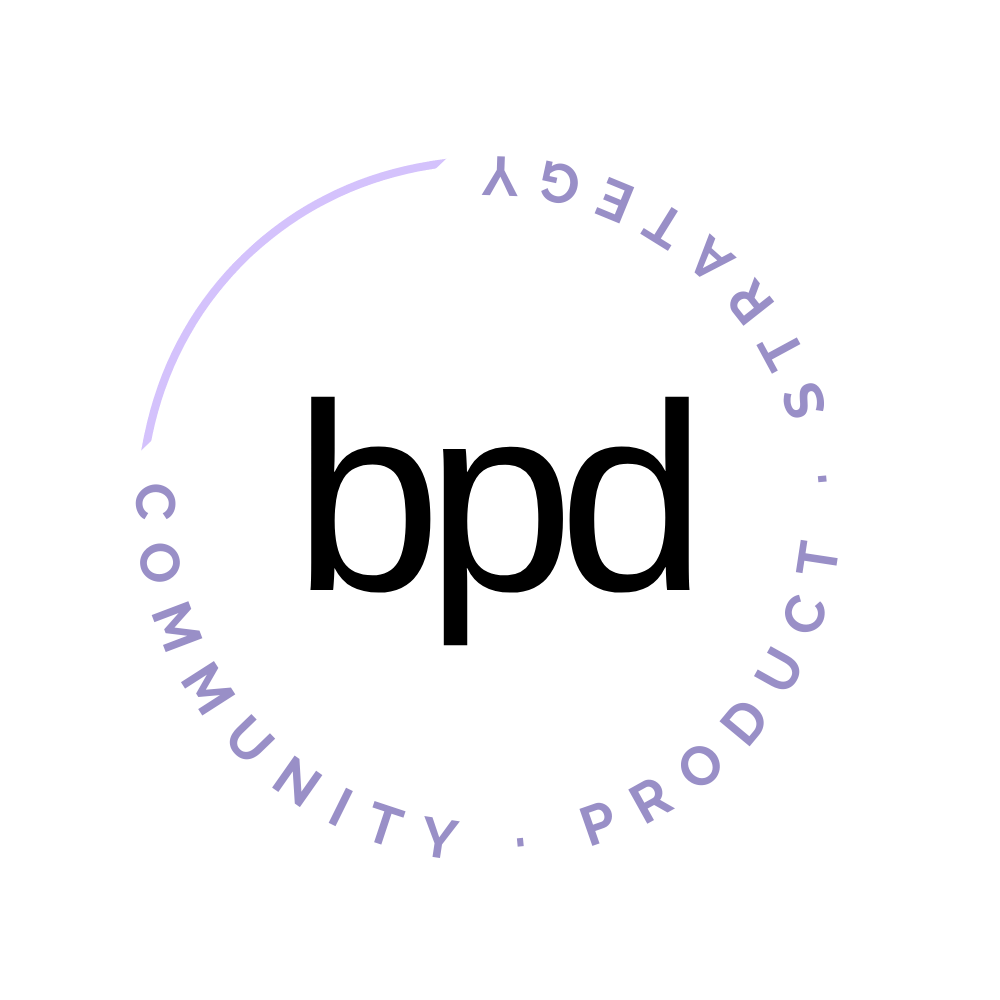#42 Community Context
Hello & Happy Weekend!
I have a lot of new friends here this week, welcome! I'm sitting here Saturday morning writing my whole newsletter because this week got away from me – that's how it goes sometimes...
I've been so busy driving all over the place doing contextual inquiry (observational research) for a client, which is not my usual routine!
But as I was driving from site to site it got me thinking... I've talked a lot about customer interviews and surveys in my newsletters but have never tackled one of my favorite types of research: Contextual Inquiry.
Contextual Inquiry is a type of "field study" that involves in-depth observation and interviews of a small sample to understand their context – it's all about understanding behaviors in their natural environment.
In the past I've done contextual inquiry work at a movie set in LA, a Toyota factory, on trains, parking garages, in offices, and in airports.
You can learn a lot about how to create digital solutions from how people behave in the real physical world.
In today's newsletter I'm sharing how you can try it for your business.
Let's get into it–
Community Context
Contextual inquiry, or observational research, is helpful when solving big, complex problems.
If you're thinking about building a membership or brand new product from the ground up for [insert your category here] ... this is for you!!
If your product isn't performing well and you need to learn more about what works and what doesn't ... this is for you!!
If you're testing your newsletter opt-in page, this isn't the tool for you. Check out A/B testing.
So like I casually mentioned... I've gone to some pretty cool places to do this type of research before. Here are a couple of examples when contextual inquiry helped me improve products:
Movie Set: While observing crew members interacting with a device, we noticed that they had to crouch down on the ground to use the interface. By moving the interface higher in the next release of the product, we would make it easier and more accessible to use.
On Trains: While travelers headed to the Denver International Airport on the train, we learned that riders would try and understand security wait times to choose which area of the airport they would wait in line. We made this information more accessible on the home page of the DIA website.
In Offices: While observing a workspace over a period of time, we were able to notice what areas were un-used and wasted, and save this business millions of dollars in NYC office rental space...
This kind of research can have a huge impact on creating a better user experience for your community members AND a huge impact on your business' bottom line.
Before You Build, Create Your Plan
Use these questions to determine what contextual inquiry will help you with your products–
Where does your community already gather? Go there!
What behaviors do you need to understand better? How and where can you observe these behaviors?
What questions do you have about your community member's environment?
Develop a plan to decide how you'll do contextual inquiry –
What are your research goals?
Where will you go?
How will you capture the data?
How will you get permission?
How will you make sure to gather data ethically?
3 Tips To Do Contextual Inquiry In Your Business
01 Immerse yourself in the environment
Take the time to observe your users in their natural habitat, whether it's their workplace, home, or wherever they usually would interact with your product. By immersing yourself in their environment, you'll get a better understanding of their daily routines, challenges, and how they actually use your product in context.
02 Ask open-ended questions
When you're conducting interviews or observations, steer away from yes/no questions and focus on open-ended ones. By asking about their workflows, pain points, and what they find valuable in a membership product, you'll gather rich qualitative data that goes beyond surface-level preferences. The more detailed insights and experiences you can uncover, the better.
03 Understand their user journey
Take the time to map out the entire community journey, from the moment users become aware of your product to their ongoing engagement. Identify touchpoints, pain points, and moments of delight. This big picture view will give you a holistic understanding of how your product fits into their lives and help you design a more seamless and user-friendly experience.
Have you seen the free guide to creating a community journey that I launched last week? You can get your copy here!
Learn more about contextual-inquiry from Nielsen Norman Group
